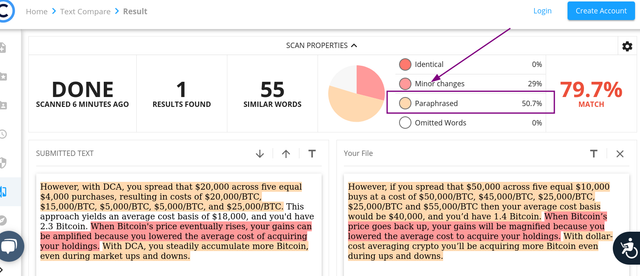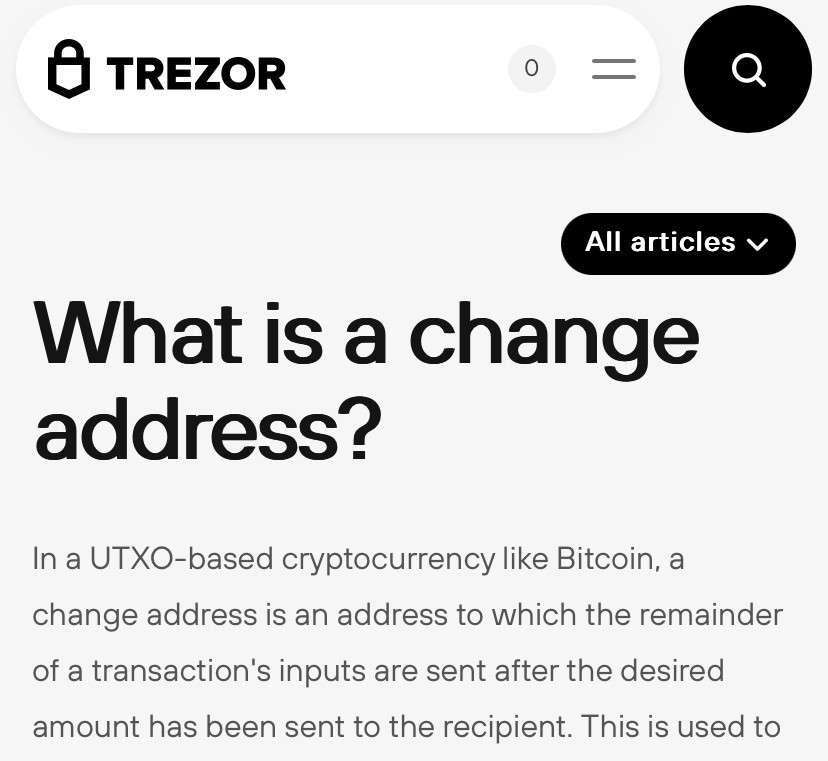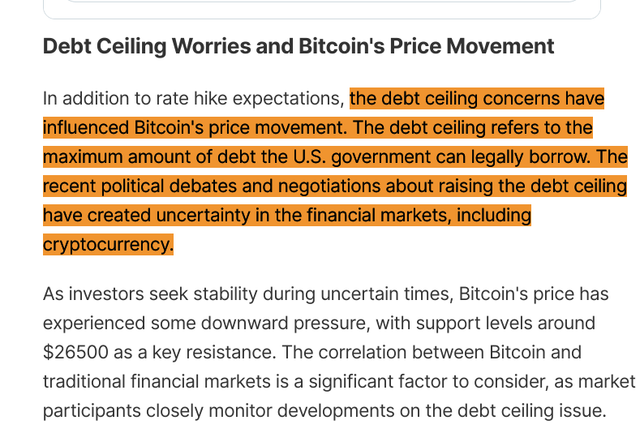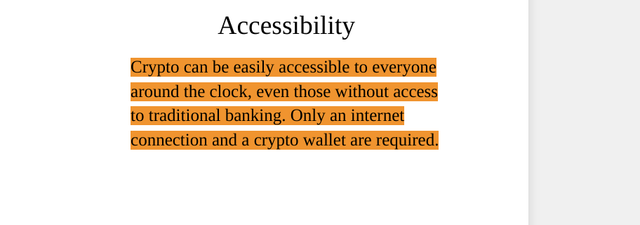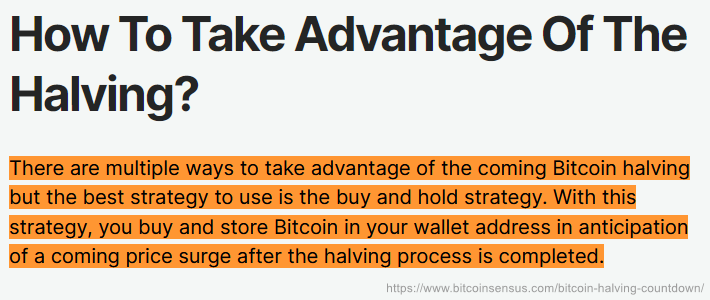And he doesn't stop. Again the same.
Bitcoin mining is becoming harder, which means miners will have to spend more to receive fewer rewards. But there are still ways to be profitable.
Only seven months remain before the next Bitcoin
BTC
tickers down
$27,098
halving in April 2024. It happens approximately every four years and is a deflationary process that cuts the production of new coins by 50%.
Bitcoin’s halving is a high-profile event for crypto investors and has historically led to an increase in BTC’s price. However, its impact on the mining industry is a more complex issue. It reduces block rewards, one of the primary revenue streams for miners. The 2024 halving will reduce it from 6.25 BTC to 3.125 BTC. That’s why miners must adapt their strategies to compensate for the reduced rewards resulting from the halving.
Let’s explore the strategies and alternative income sources that may help Bitcoin miners amid hostile market conditions.
Changing mindsets
Bitcoin mining involves a competitive process where miners vie for block rewards. This competition is driven by Bitcoin’s block time, which averages around 10 minutes per block on the protocol level. Whether the network’s computing power is relatively low at 1 kilo hash per second or surges to a massive 200 million terra hashes per second, the same block rewards must be distributed among miners.
Related: An ETF will bring a revolution for Bitcoin and other cryptocurrencies
This competitive environment encourages miners to prioritize energy efficiency and the use of cost-effective hardware. With each halving event, where block rewards are cut by 50%, this trend toward efficiency gains momentum. As the cost of producing a single BTC is set to approximately double shortly after the next halving, miners will need to explore ways to optimize their profitability and focus on these three critical factors.
Bitcoin miners’ survival rests on these three whales
The first and most important “whale” is the cost of electricity. Even a modest fluctuation of 1 cent per kilowatt-hour (kWh) can lead to a substantial $3,800 variance in the production cost of BTC, according to JPMorgan. To bolster their post-halving profitability, miners are exploring sophisticated contracts and contemplating relocation to countries or regions where electricity prices are lower. They even consider power generation from stranded gas options. I believe that it’s crucial for miners to secure electricity rates at or below 5 cents/kWh to maintain profitability beyond April 2024.
The second major factor demanding miners’ attention is the efficiency of their equipment. For instance, daily BTC mining costs can be slashed by more than 63% when upgrading from a rig with a 60 joules per terahash (J/TH) efficiency rating to one with a 22 J/TH rating. Miners boasting hardware efficiency and benefiting from lower electricity costs will be the most profitable. They are the ones most likely to weather significant market events like the upcoming halving.
Additionally, I suggest miners employ the third strategy that involves accumulating excess capital in mined BTC during profitable periods. This reserve can serve as a buffer against the impact of reduced block rewards post-halving. When the post-halving rally occurs, miners can capitalize on their reserves by selling mined assets at a higher profit margin, helping to offset the losses.
While strategies such as securing lower electricity rates, adopting more energy-efficient mining equipment, and utilizing reserve capital can mitigate the adverse effects, the 2024 halving will bring substantial pressure on miners. It can lead to the potential closure of numerous mining operations. Thus, miners will also need to explore alternative revenue streams. One promising opportunity for miners lies in projects like Bitcoin Ordinals.
Other ways
Bitcoin Ordinals have recently garnered significant attention by driving transaction fees within the Bitcoin network to new highs. Ordinal “inscriptions,” the metadata attached to each satoshi, are unique assets created directly on the Bitcoin blockchain, similar to a nonfungible token (NFT). To obtain one, users typically engage with the platform or protocol responsible for Ordinals.
Related: 10 years later, still no Bitcoin ETF — but who cares?
As the number of inscriptions rises — surpassing 25.5 million as of August — so does the revenue generated from transactions, which presently stands above $53 million. This trend suggests that alternative income streams for miners may gain prominence in the long term.
Ordinals shift the profitability equation for miners, increasing user demand for creating inscriptions, initiating processing transactions on the Bitcoin network and incentivizing miners to include their transactions in the next block.
We can certainly expect more developments on top of the Bitcoin network that will enable miners to adapt more effectively to the post-halving landscape. As we move closer to the halving event, miners must prioritize the aforementioned strategies to optimize their profitability and stay open to new alternatives on the horizon.
Best Ethereum Wallets of 2023
Best for Convenience:
https://metamask.io/Best for a Wide Variety of Assets:
https://trustwallet.com/Best for Smart Contracts:
https://www.myetherwallet.com/Plagiarized from
https://cointelegraph.com/news/bitcoin-miners-survive-hostile-market
The next generation of crypto mining will focus on alternative energy sources for efficiency.
During the 2021 bull market, many large mining companies took on massive loans to buy equipment and the proper infrastructure required to mine cryptocurrency. Yet the collapse of crypto exchange FTX and Celsius left many of these companies filing for bankruptcy.
The current bear market, coupled with high Bitcoin network hash rates and low profits, has yet again left the crypto industry wondering if miners will be able to recover from losses. While this remains questionable, it’s become evident that mining companies today are focusing more on alternative energy resources to cut costs, ensure profits and, in some cases, reduce their environmental impact.
Alternative energy sources used by miners
Steven Lubka, managing director for Bitcoin-focused financial services company Swan Bitcoin, told Cointelegraph that while the average rate to mine a single Bitcoin
BTC
tickers down
$27,164
is around $26,000, mining companies focused on renewable energy sources are seeing rates between $5,000 and $15,000 per BTC.
A spokesperson for Riot Blockchain, a United States-based publicly traded Bitcoin mining company, told Cointelegraph that wind and solar energy generated across Texas has helped Riot ensure some of the lowest costs to mine crypto. “As stated in our Q2 investor deck, it costs Riot $8,389 to mine 1 Bitcoin,” he said.
Kent Halliburton, president and chief operating officer of Sazmining — a hosted Bitcoin mining provider — told Cointelegraph that the biggest expense for mining has always been electricity:
“Bitcoin miners are naturally incentivized to find the lowest-cost power. Excess electricity is the lowest priced. With renewables, there is often excess electricity, which makes it a perfect fit for Bitcoin mining.”
Halliburton added that independently sourced data from the Bitcoin Mining Council shows that the Bitcoin network may indeed be one of the most sustainable industries. According to the source, 59% of mining operations are carbon-free and growing at a rate of nearly 4.5% per year.
“All of our mining operations in Wisconsin and Paraguay are utilizing excess hydroelectricity,” he said.
The shift to alternative energy sources seems to be a trend for miners thinking about long-term success. Phil Harvey, CEO of crypto mining infrastructure provider Sabre56, told Cointelegraph that the company is currently working with dozens of mining companies to get machines set up across Sabre56’s three facilities located in Wyoming and Ohio.
Harvey explained that Sabre56’s facility in Gillette, Wyoming — known as “Bonepile” — hosts nearly 2,200 mining machines that are powered by a combination of energy sources, including a material contribution from renewable energy. The 5,200-square-foot site draws on Basin Electric’s mixed energy portfolio. According to Basin Electric’s website, this includes 24% wind, 0.6% recovered energy and 4.3% hydro, which adds up to 28.9% renewables.
Harvey said, “The machines at our Bonepile site consist of a mixture of MicroBT Whatsminer M50s and Bitmain Antminer S19s. In terms of the site design and methodology, we leverage a forced-air design, meaning air is forced into the facility to cool the machines.”
According to Harvey, the Bonepile facility is designed to ensure surplus air provision. Harvey explained that this method reduces overheating and strain on the mining equipment while also allowing the miners to naturally exhaust hot air through overpressure.
“This is different from the standard design widespread in the mining industry, which is often extracting the hot air with an additional mechanism while not having a system in place to aid air into the facility,” he remarked.
OceanBit, a company developing renewable energy platforms using ocean thermal sources, is taking a different approach. Michael Bennett, co-founder of OceanBit, told Cointelegraph that the company is integrating Bitcoin mining into its ocean thermal energy power plant design. “This will allow us to balance variable loads, deliver power faster to offshore operations, and monetize excess energy to improve plant profitability,” he explained.
According to Bennett, ocean thermal energy is the largest untapped energy source on the planet. “It’s a base load source of renewable energy, like hydro or geothermal, but uses the temperature difference in ocean water to generate electricity.”
Bennett believes Bitcoin is the missing piece needed to scale the energy source to global adoption since it solves a number of ocean thermal energy conversion (OTEC) commercial challenges.
Best Ethereum Wallets of 2023
Best for Convenience:
https://metamask.io/Best for a Wide Variety of Assets:
https://trustwallet.com/Best for Smart Contracts:
https://www.myetherwallet.com/Plagiarized from
https://cointelegraph.com/news/bitcoin-miners-seek-alternative-energy-sources-to-cut-costs









